Do you have a question about the DeLonghi PAC N77ECO and is the answer not in the manual?
Essential safety guidelines for operating, installing, and using the appliance correctly.
Critical warnings for R410A refrigerant gas and environmental considerations.
Verify mains power supply, socket adequacy, and proper earthing before operation.
Simple setup steps for using the air conditioner without permanent installation.
Guide for semi-permanent installation through walls or window panes.
Identification and placement of buttons and indicators on the appliance's control panel.
Detailed explanation of each button and indicator light on the control panel.
Steps to power on the unit and select operating modes (Cooling, Fan, Dehumidify).
How to set temperature and fan speed for optimal cooling performance.
Instructions for using the fan-only mode and adjusting fan speed.
Guide to using the dehumidifying mode for moisture reduction.
Steps to program delayed start-up or shut-down for energy efficiency.
Best practices for using the remote control, including range and handling.
Detailed description of each button on the remote control unit.
Procedure for replacing batteries in the remote control unit.
How to initiate appliance operation using the remote control.
Tips for effective room sealing and placement for optimal cooling.
Advice on avoiding damp areas, outdoor use, and obstructions.
Safe methods for cleaning the exterior of the air conditioner.
Weekly guide to cleaning the air filter for sustained efficiency.
Essential checks before the start of the operating season.
Procedures for draining and preparing the appliance for storage.
A comprehensive list of issues, their causes, and remedies.
Interpretation of error messages displayed by the unit's diagnostic system.
Information regarding the product's guarantee and how to get technical assistance.
Key technical data, including voltage, power, refrigerant, and operating limits.
Instructions for environmentally responsible disposal according to EU regulations.
Essential safety guidelines for operating, installing, and using the appliance correctly.
Critical warnings for R410A refrigerant gas and environmental considerations.
Verify mains power supply, socket adequacy, and proper earthing before operation.
Simple setup steps for using the air conditioner without permanent installation.
Guide for semi-permanent installation through walls or window panes.
Identification and placement of buttons and indicators on the appliance's control panel.
Detailed explanation of each button and indicator light on the control panel.
Steps to power on the unit and select operating modes (Cooling, Fan, Dehumidify).
How to set temperature and fan speed for optimal cooling performance.
Instructions for using the fan-only mode and adjusting fan speed.
Guide to using the dehumidifying mode for moisture reduction.
Steps to program delayed start-up or shut-down for energy efficiency.
Best practices for using the remote control, including range and handling.
Detailed description of each button on the remote control unit.
Procedure for replacing batteries in the remote control unit.
How to initiate appliance operation using the remote control.
Tips for effective room sealing and placement for optimal cooling.
Advice on avoiding damp areas, outdoor use, and obstructions.
Safe methods for cleaning the exterior of the air conditioner.
Weekly guide to cleaning the air filter for sustained efficiency.
Essential checks before the start of the operating season.
Procedures for draining and preparing the appliance for storage.
A comprehensive list of issues, their causes, and remedies.
Interpretation of error messages displayed by the unit's diagnostic system.
Information regarding the product's guarantee and how to get technical assistance.
Key technical data, including voltage, power, refrigerant, and operating limits.
Instructions for environmentally responsible disposal according to EU regulations.
| Brand | DeLonghi |
|---|---|
| Model | PAC N77ECO |
| Category | Air Conditioner |
| Language | English |
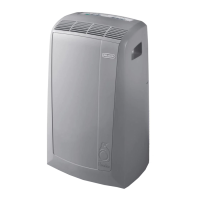
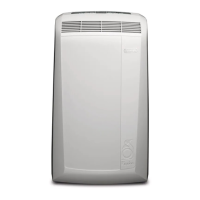
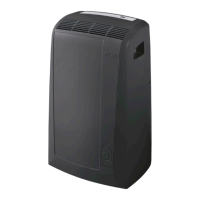
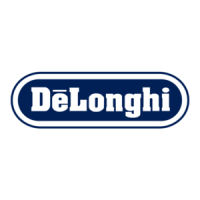


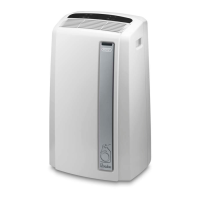
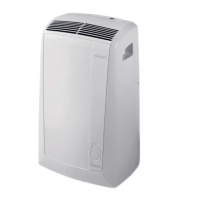
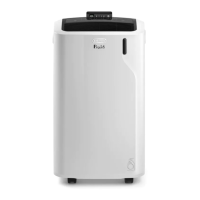
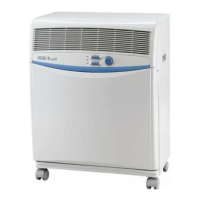


